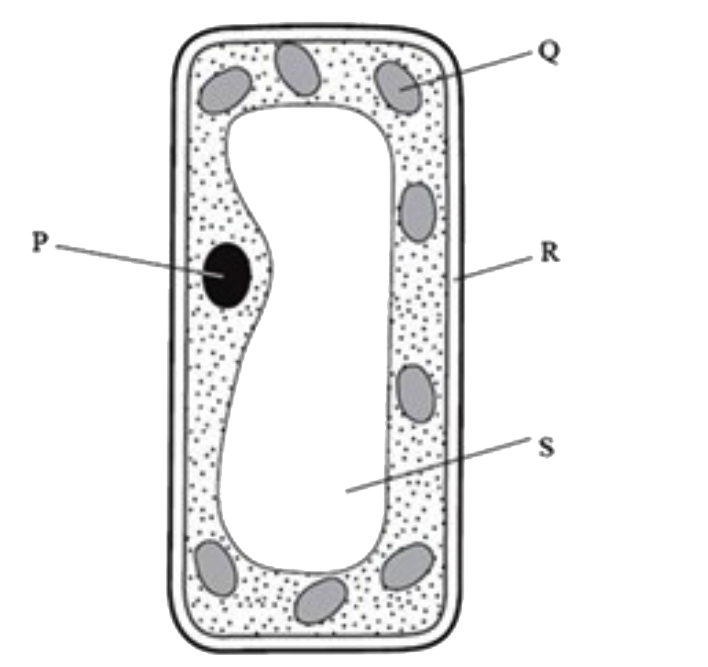Most cells are microscopic.
Step-by-Step Solution:
1. Understanding Cell Size: Most cells are indeed microscopic, meaning they are too small to be seen with the naked eye. Their sizes typically range from 1 to 100 micrometers (microns).
2. Definition of Micrometer: A micrometer is a unit of measurement that is one-millionth of a meter. To put this into perspective, a human hair is about 70 micrometers in diameter, which helps illustrate how small micrometers are.
3. Observation of Cells: Because of their small size, we cannot observe most cells without the aid of a microscope. This is why microscopes are essential tools in biology for studying cells.
4. Types of Microscopy: The most common method for viewing cells is light microscopy. This technique uses light to illuminate the sample and allows us to see the cells clearly.
5. Unicellular Organisms: Many of the microscopic cells are unicellular, meaning they consist of a single cell. Examples of unicellular organisms include bacteria and some algae.
6. Conclusion: Therefore, it is correct to state that most cells are microscopic, and they are often unicellular.
---
Topper's Solved these Questions
Similar Questions
Knowledge Check
Select the most appropriate option to substitute the underlined segment in the given sentence. If there is no need to substitute it, select No substitution required.
Amoeba is a microscopic single-celled organism found in pond water.Aorganisms find inBNo substitution requiredCorganisms finds inDorganism found withMost cell membranes are composed principally of
ADNA and ATPBprotein and lipidsCchitin and starchDnucleotides and amino acids.If a cell is viewed under low power and them under high power , and no fine adjustment is necessary to see it clearly , the microscope is considered
AparfocalBbifocalCachromaticDapochromatic
Robert Hooke was the first scientist who coined the term 'cell'. Which cell did he observe under the microscope?
View SolutionSome bacterial cells were fixed for microscopic observation. A structure X was observed on most occasions at the cell membrane

In the above diagram, label X represents
View SolutionStudy of cell structure under microscope is
View SolutionA major breakthrough in the study of cells came with the development of electron microscope. This is because
View SolutionObert Hooke was the first scientist who coined the term 'cell'. Which cell did he observe under the microscope?
View Solution

